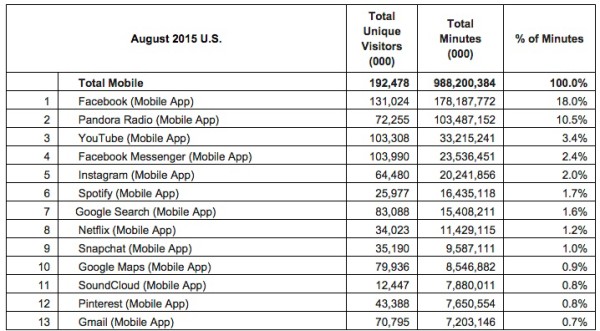Negative Gross Margins
There’s been a lot of talk coming out of silicon valley lately about fast growing companies with high valuations that are going to face problems in the coming year(s).
Bill Gurley said this recently:
“I do think you’ll see some dead unicorns this year”
Mike Moritz said this recently:
“There are a considerable number of unicorns that will become extinct.”
But how is this going to happen?
The most likely scenario is the thing that has been driving growth (and valuations) for these companies ultimately comes home to roost. And that is negative gross margins.
We have seen a tremendous number of high growth companies raising money this year with negative gross margins. Which means they sell something for less than it costs them to make it.
It can be an “on-demand” service provider that subsidizes the cost of the workers on its platform so that the service seems like it costs less than it actually does. Why would an on-demand startup take this approach? To build demand for the service, of course. The idea is get users hooked on a home cleaning service, a ridesharing service, a food delivery service, or a gym roaming service by bringing it to market at a price point that is highly attractive and then, once the users are truly hooked, take the price up.
It can be a service provided to startups, like the ability to ship via an API, or the ability to process payments via an API, or the ability to pay your employees or give them benefits. All of these examples have a real cost component to them. They are not pure software. And there are providers in the market who are not passing through the true cost, in effect subsidizing the cost of the service, to gain market share. This results in fast growth but negative gross margins. Again, the companies that are doing this are hoping that once they get to scale and users are “locked in”, they can raise prices.
There are other examples out there of companies with negative gross margins, but these two categories are where we’ve seen a lot of this kind of behavior.
The thing that is wrong with this strategy is that taking prices up, or using your volume to drive costs down, in order to get to positive gross margins is a lot harder than most people think. If there are other startups competing with you and offering a similar service, you aren’t going to be able to take prices up without losing customers to a similar competitor, unless your service truly has “lock in.” And most don’t. Using volume to drive costs down can work, but if there are similar services out there, the provider who is being asked to take a cut by you might just move their supply over to another competitor offering a higher price.
The bottom line is the primary way this strategy works is if you obtain a monopoly position in your market and you are the only game in town for your customers and suppliers. But given the massive amount of startup capital that is out there and the endless number of entrepreneurs starting businesses similar to each other these days, I think it will be hard for most companies to achieve monopoly position (which is somewhat in conflict with what I wrote here the other day).
Yes, there will be a few that succeed with this strategy. Getting a huge lead on your competitors, raising a ton of money to operate a scorched earth strategy and force your competitors out of the market, will work for some. But not nearly as many as the capital markets seem to think.
And so most of the companies out there who are growing like weeds using a negative gross margin strategy are going to find that the capital markets will ultimately lose patience with this strategy and force them to get to positive gross margins, which will in turn cut into growth and what we will be left with is a ton of flatlined zero gross margin businesses carrying billion dollar plus valuations. And that is what Gurley and Moritz see when they look out into next year and the year beyond. They aren’t alone.


